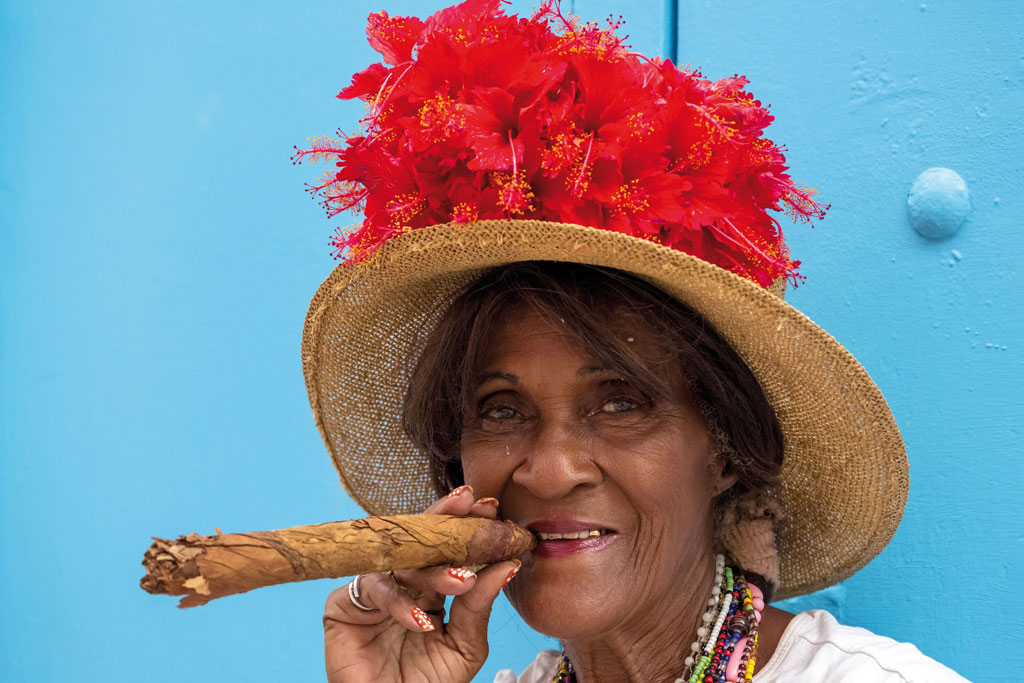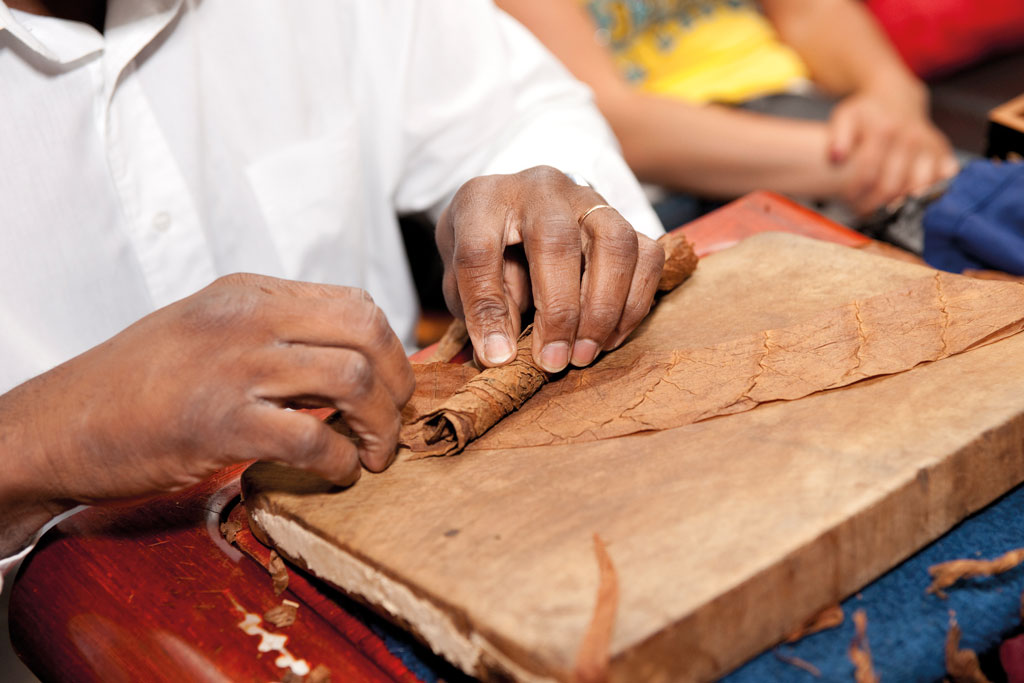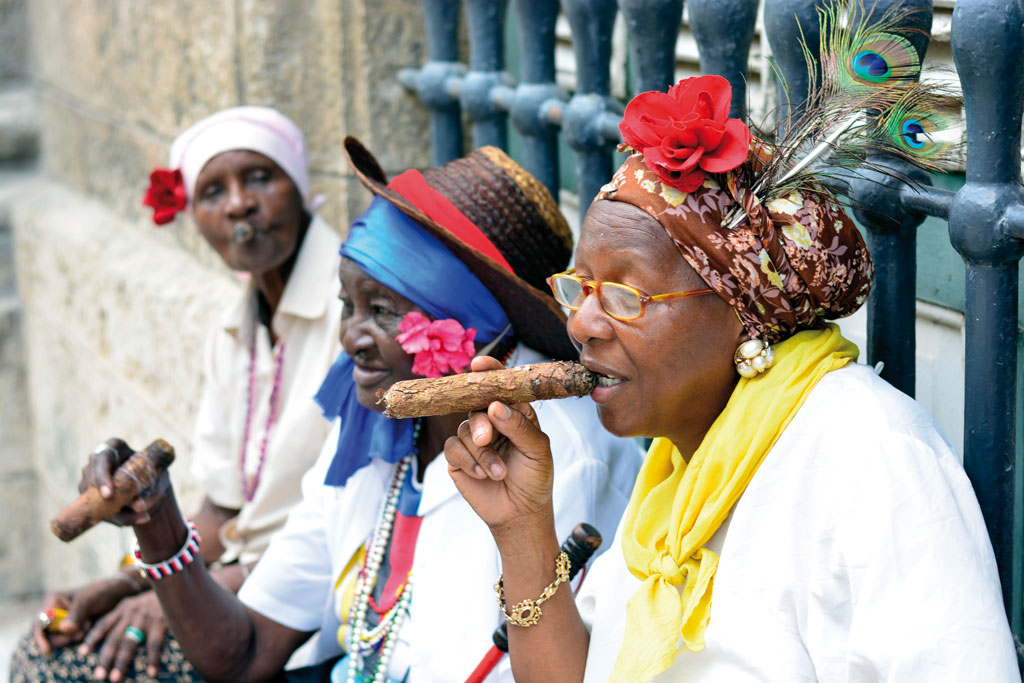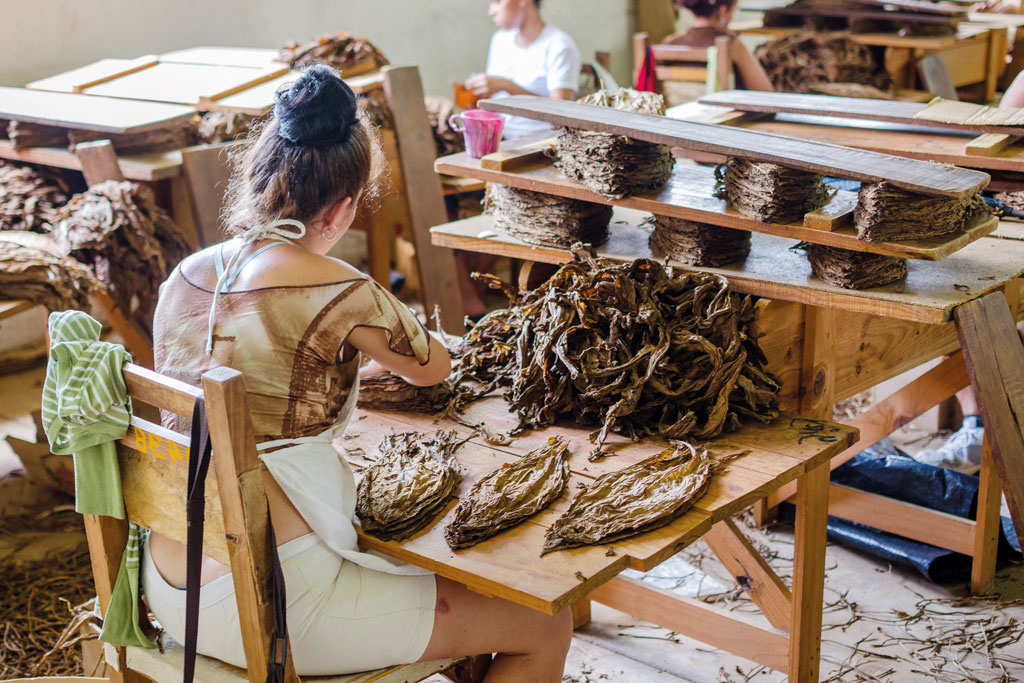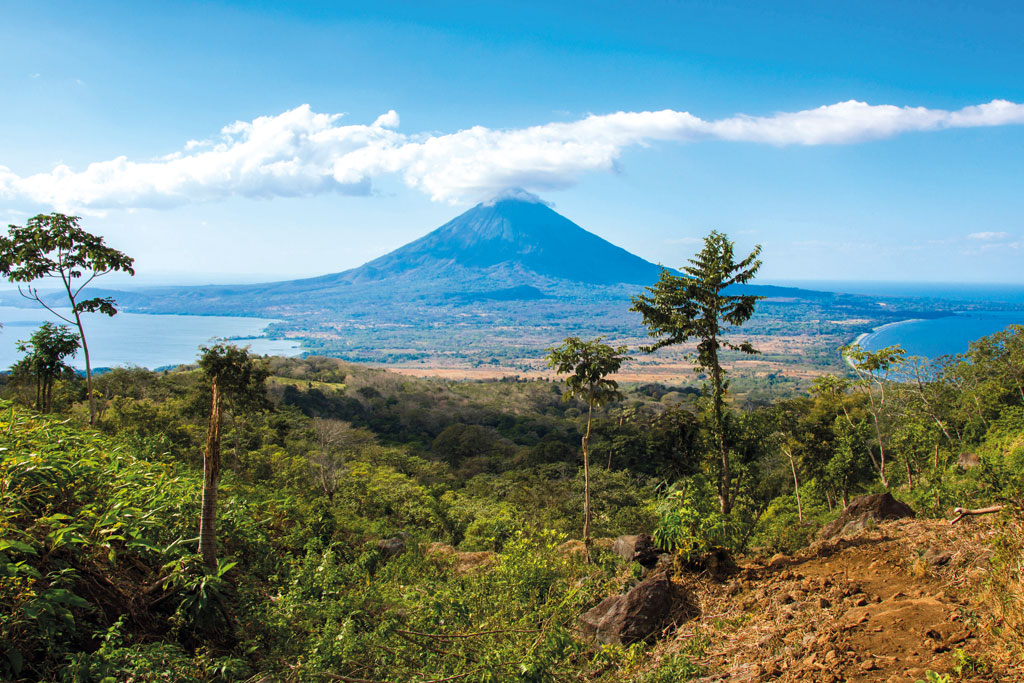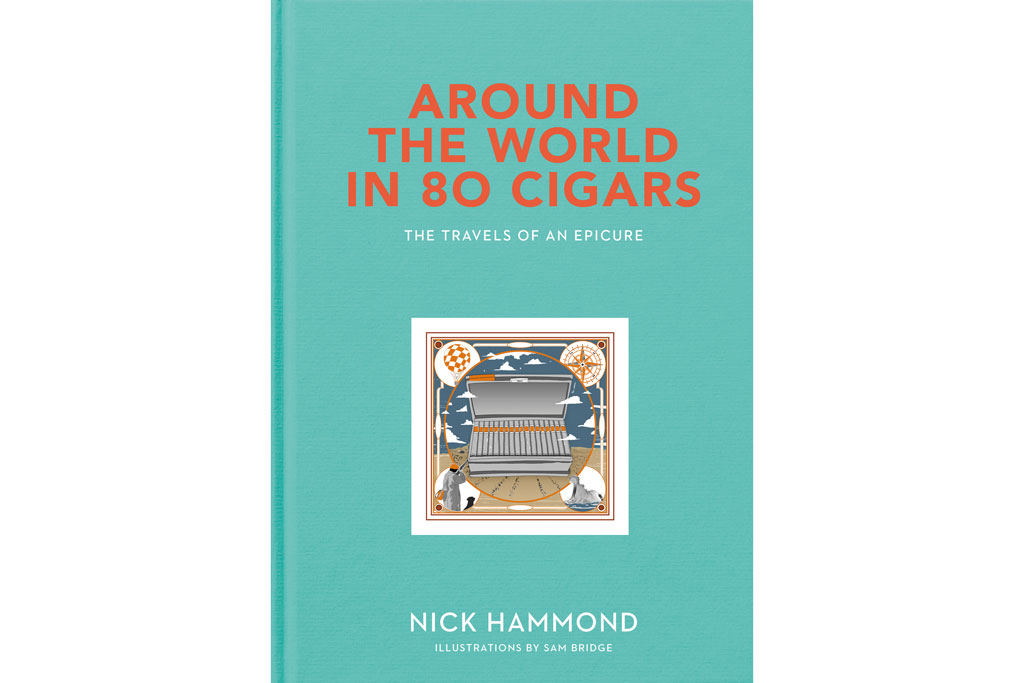Cigar Safari: Travels through Cuba and Nicaragua
Most people take photographs of their travels – Nick remembers his by cigars...
This post may contain affiliate links. Learn more
Author Nick Hammond‘s love of a hand rolled smoke has accompanied a lifetime of weird and wonderful adventures
When I think back to some of my more crazy exploits – and I’ve found myself in some pretty unique places, it has to be said – the best way I can remember them is by recalling the cigar I had with me at the time. I know that sounds weird, but it’s true, nevertheless. You see, wherever I go on my travels as a roving writer and reporter, one of the first things I pack – probably the first thing, if I’m honest – is a stash of good handrolled cigars.
It’s a strange obsession. These dried, rolled bundles of leaves are, on the face of it, just that – dried leaves. Nothing added. Just time and love. But a few years back, in a contemplative moment, I realised they’d become much more than that to me. They’re beacons in my travelling timeline, marking a crisscross, chaotic cluster of destinations around the globe. Every single one carries a memory.
Along my travels, I’ve been lucky enough to visit the world’s major cigarmaking nations: Cuba, Nicaragua, Dominican Republic and beyond, each with its unique terroir and taste profile to offer. And, just like wine, the more you learn about this fascinating subject, the more you realise there is to learn.
Did you know, for example, that Cuban farmers, who struggle at times to find the funds for fertiliser, often grow brassica crops and plough them in to re-nitrate their ochre, volcano-enriched soil? Sometimes they’ll use fruit pulps, coffee grounds and husks to do the same. And it’s just possible that some of the great Cuban cigar’s commonly-tasted keynotes – vegetal, wood, earth, coffee – are in part caused by this diversity of minerals and composted organics in the soil.
Cuba’s a hell of a place to visit. Let’s face it, when you hear the name Cuba you think of cigars and rum and classic cars and music and more rum… and beautiful girls. At one of the city’s best-kept-secret nightspots, there’s an almighty doorman who used to be an Olympic heavyweight boxer. He’s certainly no bigger than your average barn door, and only about half as wide. He’s called Tiny. Once Tiny is convinced you’re okay to pass, he’ll enclose your miniscule mitt in his, and may even envelop you in a mighty bear hug. (Imagine getting clobbered by the man.) Then he’ll usher you inside.
The door swishes open into darkness beyond and you’re suddenly inside a Raymond-Chandleresque den of iniquity, where some of the most incredible live music you’ll ever hear is about to follow. You’re not going to bed until the Cuban cock crows. Here comes another rum…
Ironically, it’s expat Cubans who are more often than not behind the cigars that now are giving the little Caribbean island a run for its money in the world cigar market. After Castro’s polarising revolution in 1959 they took their families and their generations of tobacco lore and found Nicaragua. Last year it overtook Cuba as the world’s biggest exporter of handrolled cigars.
I know a bit about this great volcanic land, straddled as it is on either side by the Caribbean and the Pacific, because I was commissioned to write a book on Nicaragua’s tumultuous history – specifically on its short but illustrious dynasty of cigars. Cinco Décadas: The Rise Of The Nicaraguan Cigar, commissioned by Joya de Nicaragua, the country’s oldest cigar factory, tells how Cuban émigrés came across the mountains from Honduras and found a garden of Eden, perfect for growing their dangerously smuggled Cuban black tobacco seeds.
Nicaragua is one of the world’s most actively volcanic countries and it’s something of a shock to the system if you stand, as I did, on the rim of a smouldering one to see the roiling, burping, obscenely crimson lava flow past like plasma from under the earth’s skin.
As well as providing memory beacons of my travels, cigars have given me the chance to do something useful to help others. While in Nicaragua doing research for the book, I was taken to the startling Belén School in the one-horse town of Estelí, centre of the country’s cigarmaking operations. It’s funded by a Christian charity called Fe y Alegría, or Faith and Joy, and opens its gates to some of the city’s poorest kids, offering each a better chance of making their life a happy one. In the poorest parts of Nicaragua many children don’t get the chance to remain at school much past 12 years old. Their families need them to work. And equipped with scant knowledge, either worldly or educational, they’re ill-equipped to fend off a hard life, which enforces a vicious cycle of poverty.
Belén School is staffed by nuns and, thanks to continued support from cigarmakers and their friends around the world, new classrooms have been built and fitted and a basic but new playground has been installed. These smiling, raven-haired children have hope written all over their faces: they deserve their time in the sun.
I’ve pledged ten per cent of the profits from my new book, Around the World in 80 Cigars – The Travels of an Epicure, to Fe y Alegría. The book marks some of the travels I’ve mentioned, from finding myself on the end of a tug of war with a Nile crocodile in the Limpopo River to sailing serenely over the vineyards of Cognac in a hot-air balloon. These, and many more tales, are recounted with a knowing smile – and every single one is accompanied by another of those fragrant, meaningful cigars that keep these memories alive.
There are lot of places left to signpost. I need to start packing my cigars again.
Nick Hammond’s new book, Around the World in 80 Cigars – The Travels of an Epicure, is out now (Red Door Press, £19.99). nick-hammond.com
READ MORE:
The Guide to Cigar Smoking in London / The Weekender: Umeå / The Lit-Lover’s Guide to Paris

